How Edinburgh became the world capital of Hogmanay
and live on Freeview channel 276
Undoubtedly the best and arguably the most famous New Year celebration in the world happens in Edinburgh, where the traditional Hogmanay street party attracts around tens of thousands of revellers each year. Love it or loathe it, the Capital is the home of Hogmanay and the party comes to us.
A nation with its own special name for New Year’s Eve clearly has a special attachment to the event, but why exactly is Hogmanay such a big deal for us?
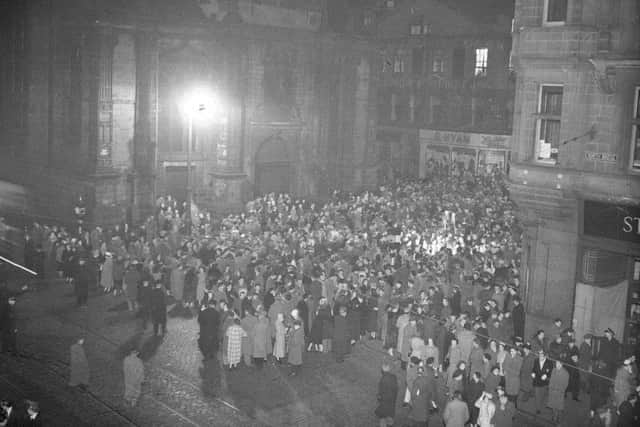

A brief history of Hogmanay
Advertisement
Hide AdAdvertisement
Hide AdOrigins of the word “Hogmanay” are from the early 17th century – perhaps from hoguinané, Norman French form of Old French aguillanneuf, meaning “last day of the year” or “new year’s gift”.
Scotland’s enthusiasm for Hogmanay probably first emerged during the 16th century, when Oliver Cromwell’s Puritan-led Parliament banned Christmas celebrations in 1647.
Despite the ban being lifted just 13 years later, the country’s excitement over Christmas was never really reignited. As late as 1958, Christmas Day remained a normal working day and it wasn’t until 1974 that Boxing Day became a public holiday in Scotland.
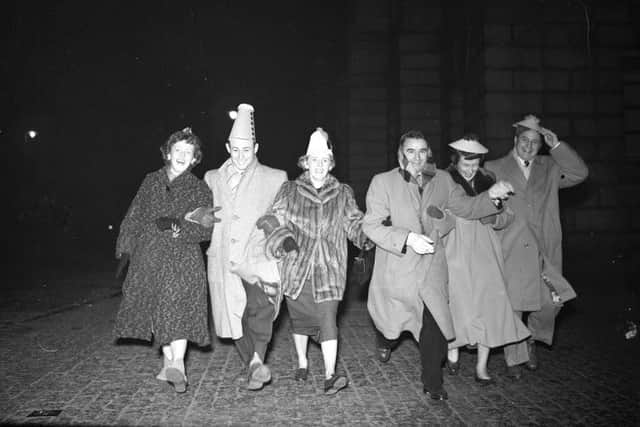

The Presbyterian Church of Scotland placed little emphasis on the importance of Christmas, due to its historic perception as a Roman Catholic “popish festival”. Instead, Scots switched their attention to the non-religious celebration of Hogmanay.
Advertisement
Hide AdAdvertisement
Hide AdWith two days of public holiday following the New Year, Scots could eat, drink and be merry with friends and family.
Historian Ronald Hutton, from the University of Bristol, suggests that the long, dark Scottish winters helped to keep the tradition alive.
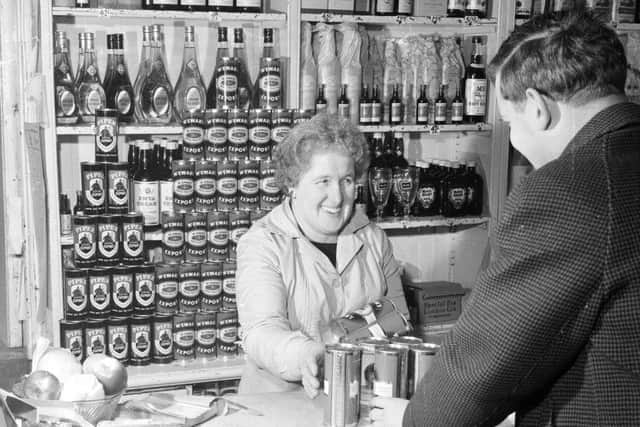

“The further north one went in Britain, the colder and longer the midwinter nights were and the less there was for farmers and fisher folk to do at that season.
“Northern Scotland provided both the need and the opportunity to spend it in making merry,” he explains.
Advertisement
Hide AdAdvertisement
Hide AdAs time went on, the Hogmanay traditions and customs we recognise today became commonplace, with first footings, parties and Auld Lang Syne.
“All through the 18th century New Year’s Eve was kept with an ever greater ebullience in Edinburgh until by the 1800s there were more people on the streets in the hour after midnight than at noon,” says Hutton.
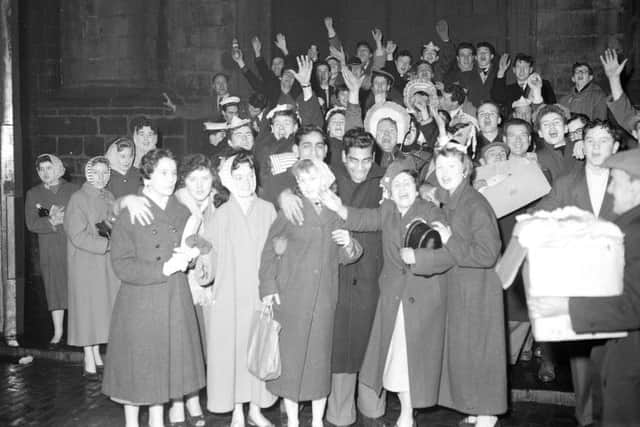

Edinburgh’s Hogmanay in numbers
The street party is now celebrating its quarter century.
Last year, 75,000 people from more than 80 countries attended the street party, with a further 75,000 enjoying the other events on offer.
Over six tonnes of fireworks are used in the Midnight Moment fireworks display over Edinburgh Castle.
Advertisement
Hide AdAdvertisement
Hide AdApproximately one billion TV viewers across the world will see the Edinburgh Hogmanay celebrations
In 2015, the Hogmanay celebrations had an economic impact on the city of £41.8 million
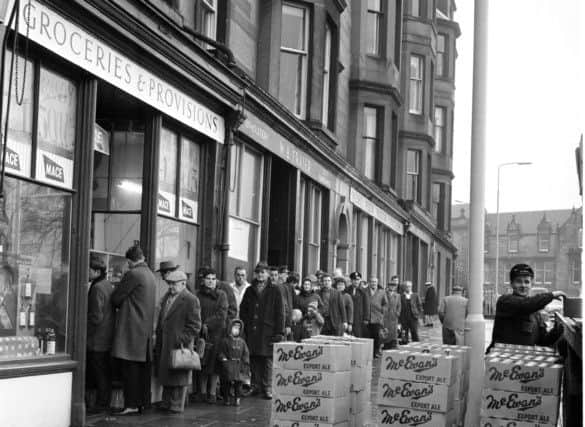

Where it all began
Edinburgh’s Hogmanay celebrations may be Scotland’s most famous, but the street party is actually a relatively recent invention – the first being held in 1993.
Across the rest of Scotland, many towns and villages have their own Hogmanay traditions which have been around much longer – for centuries, in some cases.
Advertisement
Hide AdAdvertisement
Hide AdThe Aberdeenshire town of Stonehaven has been swinging fireballs to see in the New Year since at least 1908, when the first written record of the ceremony was documented.
The event has never been cancelled and has been performed every Hogmanay bar 1917-18 and 1940-45.
Starting at midnight on Hogmanay, the fireball ceremony sees locals of all ages swinging flaming wire cages as they walk in procession around the town for half an hour.
“The idea behind the ceremony is to burn off the bad spirits left from the old year so that the spirits of the New Year can come in clean and fresh,” says Martin Sim of the Stonehaven Fireballs Association.
Advertisement
Hide AdAdvertisement
Hide AdThe symbolic fireball procession is a remnant of the Celtic and pagan fire festivals which were once commonplace in Scotland.
Previously you’d find bonfires, boat burning and torchlit processions all across the country on Hogmanay.
One of the few that has survived into the 21st century – in addition to the Stonehaven fireballs – is the Burning of the Clavie at Burghead.
A barrel full of tar is set on fire and carried around the town before being left to burn out in a ruined fort.
Advertisement
Hide AdAdvertisement
Hide AdResidents then collect burning embers from the barrel to kindle their fire at home, a practice said to ward off evil spirits and bring them good luck for the year to come.
If you turn up to see the Burning of the Clavie on Hogmanay, however, you’ll be sorely disappointed.
It actually takes place on January 11 as this ancient tradition dates back to the pre-Gregorian calendar when New Year’s Day fell on January 12.
Edinburgh’s modern Hogmanay celebrations bring together the best of both worlds – combining traditional customs (like a torchlight procession) with contemporary Scottish music performances in the capital.
And we wouldn’t have it any other way.
• This article first appeared in our sister title the iNews.
